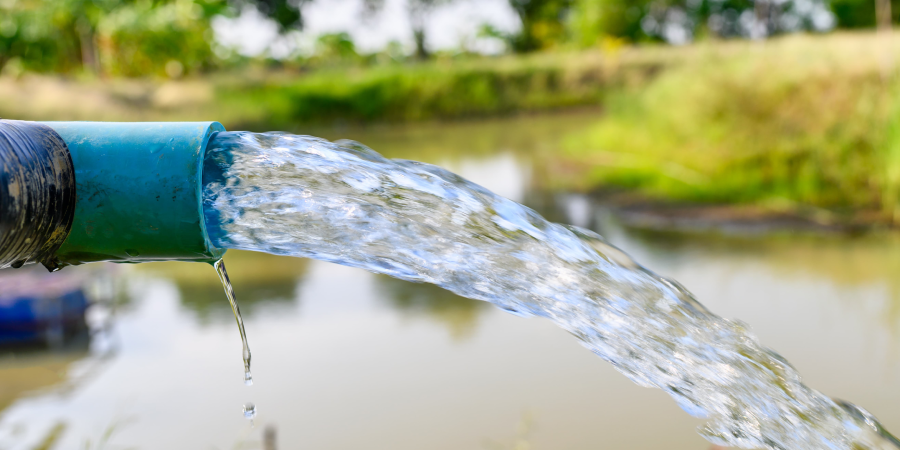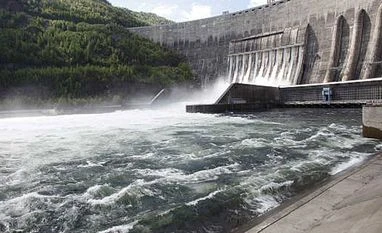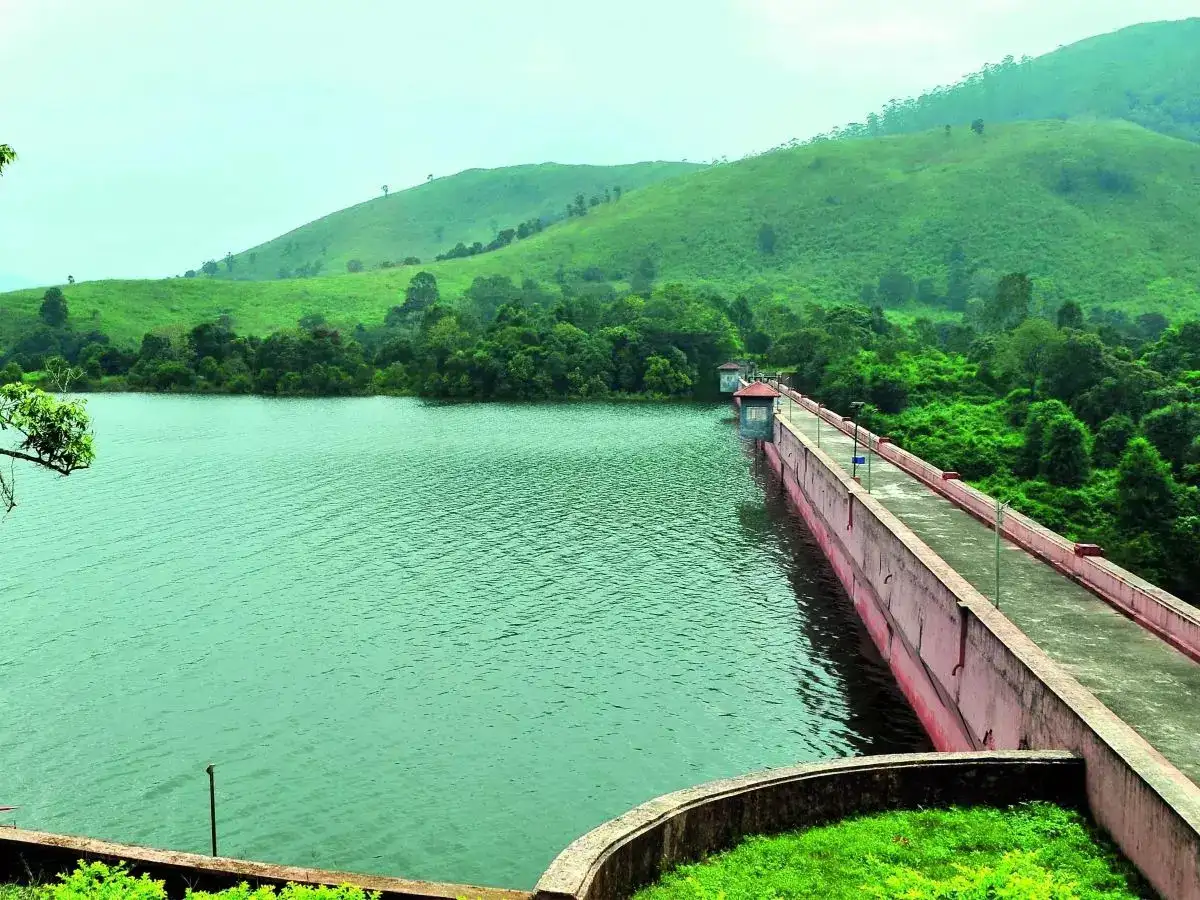The Jahra Governorate Committee has officially approved a strategic water infrastructure proposal that is expected to significantly improve Kuwait’s energy and water delivery systems. On July 17, the committee gave its nod to the Ministry of Electricity, Water, and Renewable Energy’s request to allocate a dedicated fresh water pipeline route to feed the LNG (Liquefied Natural Gas) plant managed by the Kuwait Oil Tanker Company (KOTC) in Umm al-Aish.
This major step, part of a broader infrastructure development initiative, is set to support Kuwait’s growing LNG demand while also aligning with long-term sustainability and energy diversification goals. The approval comes alongside other infrastructure reviews, including bridge height modifications and land-use changes that focus on public health and accessibility.
What Is the Jahra LNG Water Pipeline Project?
The Jahra LNG Water Pipeline refers to a planned freshwater conduit that will directly supply water to the LNG plant in Umm al-Aish. This plant is crucial for LNG storage and regasification, making it an essential part of Kuwait’s energy supply chain. With the Jahra committee’s approval, the Ministry of Electricity, Water, and Renewable Energy can now proceed with construction plans to establish this much-needed connection.
The proposal was carefully reviewed and was found to be aligned with national infrastructure strategies, including sustainability goals and efficient utility distribution. The freshwater pipeline is not only important for industrial operations but will also help reduce pressure on the existing water systems.

Why Is This Approval Important?
The importance of this project lies in both its economic and strategic value. The LNG plant at Umm al-Aish supports Kuwait’s domestic energy consumption and plays a role in regional energy exports. For such a plant to function efficiently, uninterrupted access to freshwater is essential. The approval ensures:
- Continuous freshwater supply to the LNG plant
- Reduced dependency on existing urban water lines
- Improved energy production capacity and reliability
Furthermore, the project aligns with Kuwait Vision 2035, which focuses on infrastructure modernisation, energy diversification, and water security. The Jahra LNG Water Pipeline is a foundational piece in meeting those goals.
Additional Infrastructure Proposals Reviewed
While the freshwater pipeline received the most attention, the Jahra Governorate Committee also reviewed several other significant infrastructure plans. These included:
1. Bridge Height Adjustments
Several proposals were made to change the height of existing bridges within Jahra. These modifications aim to accommodate new transportation routes and ensure compatibility with larger vehicles and future infrastructure. The committee is expected to work with the Ministry of Public Works to implement the necessary engineering adjustments, especially in areas that intersect with the new LNG pipeline corridor.
2. Land Use for Dialysis Center
The committee reviewed and discussed a proposed land-use revision to accommodate the construction of a new dialysis center. This healthcare facility is intended to serve the growing population in Jahra and neighboring areas, improving access to critical medical services. The location of the center is being finalized based on accessibility, traffic impact, and proximity to residential zones.
3. Pedestrian Walkway Plans
Urban accessibility was also addressed with a proposed pedestrian walkway. This aims to improve pedestrian safety and mobility, particularly in zones that will experience increased activity due to the LNG project and new healthcare developments. The walkway is expected to connect residential areas with commercial and medical centers, promoting a walkable and health-conscious community.
Ministry’s Long-Term Infrastructure Vision
The Ministry of Electricity, Water, and Renewable Energy is playing a leading role in reimagining Kuwait’s infrastructure in light of rapid urban growth and increasing utility demands. The Jahra LNG Water Pipeline is just one of several strategic projects that seek to future-proof the nation’s energy and water systems.
This vision includes:
- Reducing operational delays in energy sectors
- Expanding water pipeline networks
- Supporting public-private partnerships in infrastructure
- Improving efficiency and sustainability in service delivery
The recent approval reflects growing cooperation between local and national authorities to meet Kuwait’s infrastructure needs while maintaining transparency and strategic planning.

Technical and Environmental Considerations
Before the final approval, environmental and technical assessments were conducted. These assessments ensured that the freshwater route would not interfere with existing ecosystems, agricultural lands, or urban areas.
Key technical and environmental considerations included:
- Pipeline route optimization to minimize land disturbance
- Use of corrosion-resistant materials for pipeline durability
- Integration with existing utility maps for alignment
- Drainage and waste-water management around construction sites
The Ministry has assured that best environmental practices will be followed throughout construction and operational phases to minimize any negative impact.
Public Impact and Economic Benefits
The Jahra LNG Water Pipeline is expected to bring multiple benefits to the public and national economy. Among the most notable are:
- Job creation during the construction and maintenance phases
- Increased energy supply stability through improved LNG processing
- Long-term water infrastructure improvements across the region
- Reduced operational costs due to a dedicated water route
- Improved investor confidence in Kuwait’s utility infrastructure
These economic advantages further justify the committee’s unanimous approval and make the project a cornerstone of regional development in Jahra and beyond.
Timeline and Next Steps
Following the approval, the Ministry is now expected to initiate tendering processes, select contractors, and schedule project milestones. Early groundwork and surveys will likely begin in the coming weeks, with full-scale construction projected to start before the end of 2025.
Key upcoming steps include:
- Finalizing technical blueprints
- Environmental and safety permits
- Coordination with KOTC and related ministries
- Public awareness campaigns for nearby communities
Stakeholders anticipate that the entire project may take up to 24 months to complete, depending on logistical challenges and weather conditions.
Government and Public Reactions
Initial reactions to the approval have been largely positive. Local residents have expressed support, especially for the pedestrian walkway and healthcare expansion plans. Environmental advocates have called for continued transparency during construction, particularly around sensitive zones near the pipeline route.
Government officials emphasised that this approval is part of a larger road map. As part of Kuwait’s commitment to sustainable infrastructure, officials have promised quarterly updates on project status and an open line of communication with citizens.
Conclusion
The approval of the Jahra LNG Water Pipeline marks a major milestone in Kuwait’s infrastructure journey. With strategic planning, community focus, and national collaboration, this project represents a forward-looking step that promises to enhance energy delivery, water security, and regional development.
As construction begins and supporting infrastructure evolves, Jahra is on its way to becoming a model governorate in energy-smart planning. The next two years will be crucial as this ambitious vision transforms into operational reality.
Do follow Gulf Magazine on Instagram
Also Read – Kuwait Marriage and Divorce Rates in 2025: A Nation’s Emotional Barometer



